Pronunciation:
(PEG-uh-sus)Abbreviation:
PegGenitive:
PegasiRight Ascension:
22 hoursDeclination:
20 degreesArea in Square Degrees:
1121Crosses Meridian:
9 PM, October 20Visible Between Latitudes:
90 and -60 degreesThe constellation Pegasus, the winged horse, is visible from August through December. It can be seen between latitudes 90 degrees and -60 degrees. It is a large constellation, occupying 1,121 square degrees of the sky. This makes it the seventh largest constellation in the night sky. It is bordered by Andromeda to the north and east, Lacerta to the north, Cygnus to the northwest, Vulpecula, Delphinus and Equuleus to the west, Aquarius to the south and Pisces to the south and east.
Pegasus is one of the 48 constellations listed by the Greek astronomer Ptolemy in the second century. It represents the famous winged horse in Greek mythology. Curiously, the constellation Pegasus only represents the top half of the horse. In some depictions, the horse is shown rising out of the water. Pegasus was a white winged horse born from the blood of the gorgon Medusa after she was beheaded by Perseus. He served the god Zeus as the carrier of his lightning bolts. Zeus eventually placed the horse among the stars as a constellation.

points of interest below © Sea and Sky
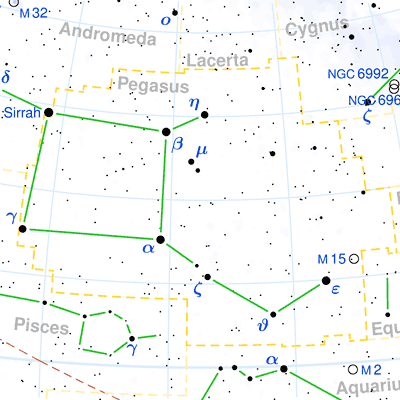
© Torsten Bronger CC BY-SA 3.0
Enif
Scheat
Markab
Algenib
Matar
Homam
Sadalbari
Baham
Iota Pegasi
Sadalpheris
Jih
Pi-1 Pegasi
Salm
"The Nose"
"The Upper Arm"
"Saddle of the Horse"
"The Flank"
"Rain"
"Man of High Spirit"
"Splendid One"
"Livestock"
N/A
"Luck of the Stallion"
(Origin Unknown)
N/A
"Leathern Bucket"
Orange Supergiant Star
Red Giant Star
Blue Giant Star
Blue Subdwarf Star
Binary Star System
Blue Subgiant Star
Yellow Giant Star
Blue Subgiant Star
Binary Star System
Yellow Giant Star
Blue-White Subdwarf Star
Yellow-White Subgiant Star
Blue-White Subdwarf Star
2.39
2.42
2.49
2.84
2.95
3.41
3.51
3.53
3.84
3.96
4.14
4.29
4.59
Pegasus is easily recognizable by the four stars that make a large square shape. Known as the Great Square of Pegasus, it represents the body of the horse. The square is composed of three stars in Pegasus and one star in Andromeda. The star Alpheratz in Andromeda has been shared between the two constellations many times in the past. Pegasus contains a number of bright stars. The brightest is Enif with a visual magnitude of 2.39. It is an orange supergiant star that is 5,000 times brighter than the Sun and has 185 times its radius. Enif is located 690 light years from Earth. Scheat is the second brightest star with a magnitude of 2.42. Scheat is a red giant star that lies about 196 light years from our solar system. At magnitude 2.49, Markap is the third brightest star. It is blue giant star located approximately 133 light years away.
Pegasus contains one Messier object known as M15, or the Great Pegasus Cluster. It is a globular star cluster that contains more than 100,000 stars. It is one of the oldest globular clusters known. It is 33,600 light years from Earth and is thought to be over 12 billion years old. Pegasus also contains a number of dim galaxies that can only be seen in large telescopes. The most notable of these are spiral galaxy NGC 7331, spiral galaxy NGC 7217, and barred spiral galaxy NGC 7479.
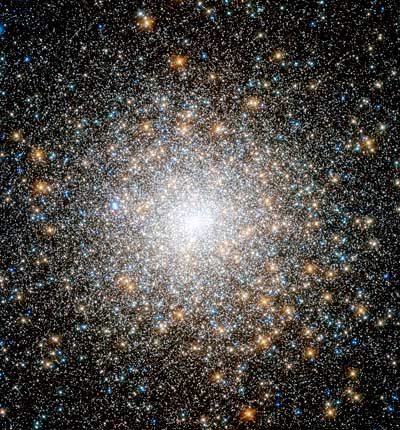
© NASA, ESA / CC BY 3.0
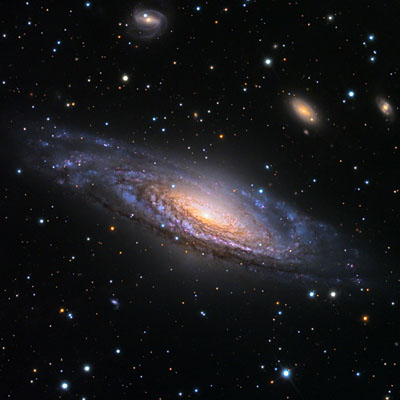
© Ngc1535 / CC BY 3.0
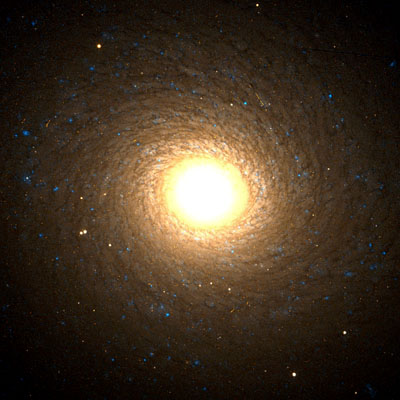
the Hubble Space Telescope
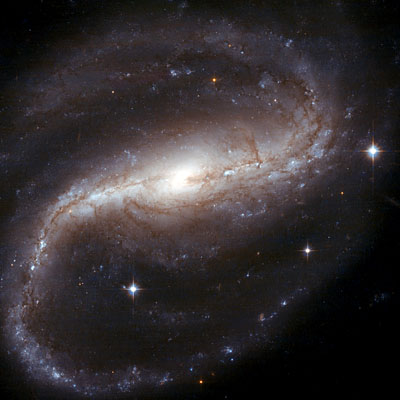
© ESA/Hubble & NASA / CC BY 3.0



